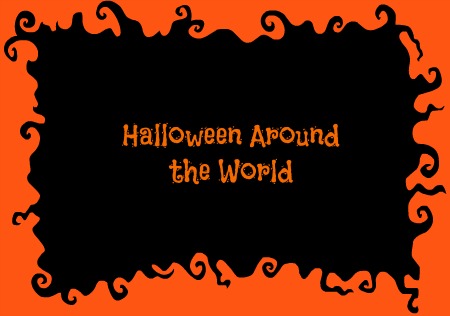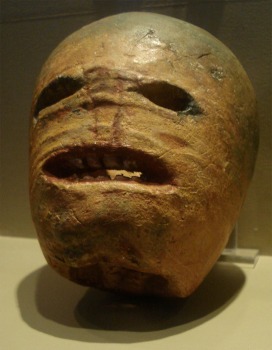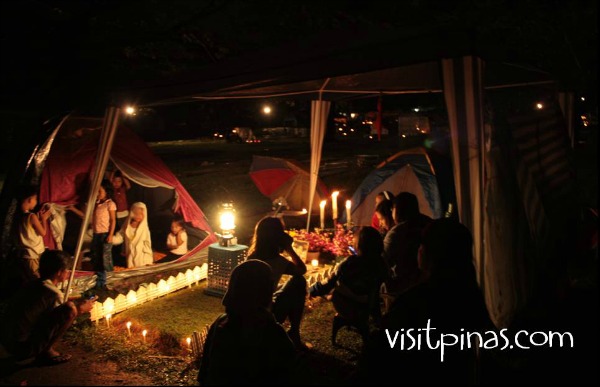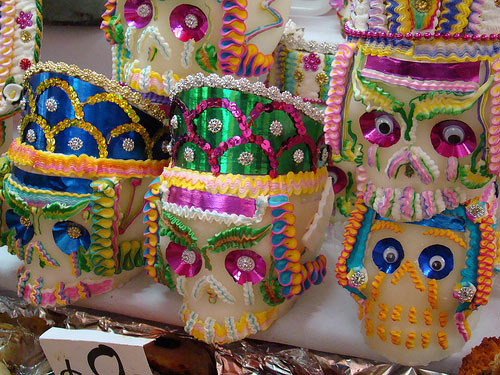Judge me if you want, but I thought the movie Mean Girls was hilarious, a position strenuously opposed in my house. One of the parts I often cite (as in “haha, remember the part when…”) is the disbelief protagonist Cady expresses at the Halloween costumes of her fellow high school girls; basically “lingerie with animal ears.” See, Cady didn’t grow up in North America, and she is unfamiliar with some of our customs.
A lot of our Halloween traditions might seem strange to people from other countries, this beloved holiday where children dress up as licenced cartoon characters and beg for candy from the neighbours who have decorated their yards with dancing plastic skeletons and fake spiderwebs.
Halloween–a contraction of “All Hallows Eve”– is based on Samhain, a Celtic festival that came to North America with immigrants from Scotland, Ireland, England and Wales. On Samhain, the veil separating the world of the living from the world of the dead was said to thin and become penetrable by spirits benevolent and otherwise. To confuse and scare the spirits, people would dress in costumes, place burning candles in carved-out turnips, and light bonfires. Children would go from house to house trading treats for songs or some other sort of trick.
As with many North American holidays, Halloween started as a pagan festival that was co-opted by Christianity but is now generally secular and commercial. Our own celebrations borrow heavily from ancient Celtic lore and customs but the focus in other parts of the world remains rooted in the Catholic observance of All Hallow’s Eve or All Saints’ Eve, All Saints’ Day, and All Souls’ Day (October 31-Nov 2 respectively.) While the remembrance of dead ancestors has all but disappeared from American and Canadian Halloween celebrations, it is central to the traditions of much of the rest of the world.
In most of mainland Europe, Halloween (All Saints’ Eve) is a sombre occasion that marks the passing of those who have died. As my Czech neighbor describes it, “Wishing ‘Happy Halloween’ would be so strange as to be disrespectful.” Families visit cemeteries and leave flowers and tokens on gravestones. “Happy” doesn’t really play into the mournful remembrance.
In the places where North American-style celebrations have taken root (mostly the more urban centres that have been influenced by the powers of globalization) the traditions haven’t had time to evolve too far from what has been introduced via pop culture. In Germany, Halloween customs are very similar to North American ones, having only gained popularity in the last twenty years. The children yell “Sweet or Sour” instead of trick or treat, and people refrain from using knives lest they harm a friendly spirit lurking.
France had a brief flirtation with Halloween in the nineties–who doesn’t love dressing up and parties? –which was mostly abandoned earlier in this century under a wave of anti-Americanism; the flip side to anti-French feelings in the post 9/11 U.S. Anyone remember freedom fries?
In the Philippines, Halloween has become melded with the traditional festival called Undas (the first two days of November.) During Undas children would dress in white or drape themselves in white sheets and go from house to house asking the occupants for food or money. From here, trick or treating in costumes is an easy leap. As with the European custom, Filipinos visit the family plot at the cemetery; tidying up, weeding, and whitewashing the tombstones. They spend time together with their families, honouring those who have gone before.
While festivals honouring the dead are plentiful in the rest of Asia, Philipines is unique in that the majority of the population is Roman Catholic. Other Halloween celebrations in Asia are generally only at international schools or areas with a large expat community.
Probably the best-known international Halloween celebration is the Mexican Dia de los Muertos. Again, this is a blend of the indigenous religion and Roman Catholicism. The Day of the Dead is actually a three-day affair (Oct. 31-Nov. 2) where the dead are not just remembered and honoured but believed to rejoin the living. Colourful sugar art is created as toys for angelitos (spirits of the young) with sugar skulls offered as treats for both the living and the dead. Altars are created and adorned with things the person liked while they were alive, grave sites are visited, and parties are held. It is a joyful holiday that is gaining popularity outside the southern and central areas of Mexico where it originated.
In an interesting twist of globalization, Halloween, the holiday that was introduced thanks to immigration has become “American” Halloween. It is now spreading, with many countries that have never celebrated Halloween now finding the highly commercialized version we are so familiar with becoming a popular end-of-October festival!








